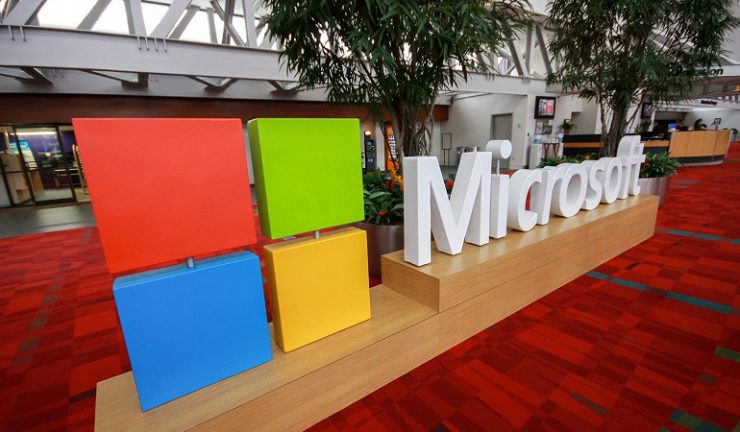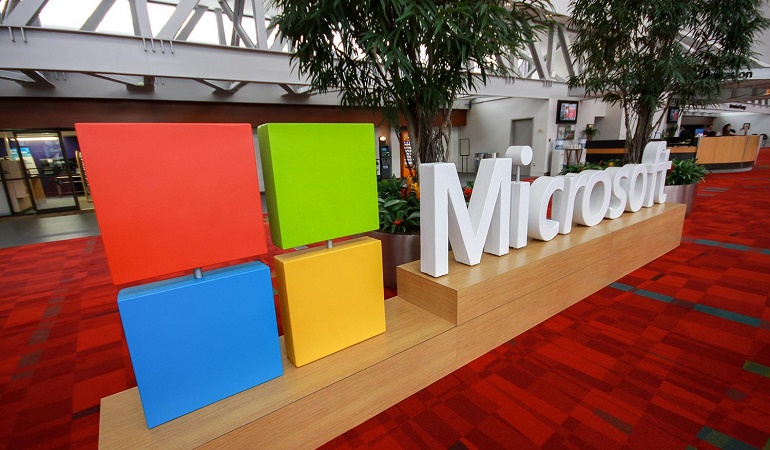
As it grows chatbot offering.
Microsoft used the recent Hong Kong Electronics Fair to showcase its cutting-edge products in the robot market, with a special performance from its next evolution chatbot, Zo, available on the Kik messenger app. Two years ago, Microsoft launched Xiaoice, which is targeted to Chinese users through the Weibo platform, although there is an English version in the works.
“Microsoft has been leading innovation in robotics and artificial intelligence (AI) as we believe it will change the lives of consumers within the next 10 years. First of all, why are people looking to AI? Because robotics can be used for a number of applications,” Microsoft senior technical evangelist, William Dam said.
“The first female robot teenage girl, Xiaoice, launched in China in 2015 and there are now 40 million users and on average, 23 conversation turns per session – almost 10 times the industry average. In January this year, we introduced Zo. Not only does she understand speech, but also emotion,” he added.
Zo has held conversations with over 100,000 people in the US and to date, more than 5,000 users have had conversations for more than one hour. Microsoft has plans to bring Zo to other social channels including Skype and Facebook Messenger.
By 2018, Gartner expects most of the world’s largest 200 companies to exploit intelligent apps and utlise big data and analytics tools to refine their offering and improve customer experience. Existing things including IoT devices will become intelligent, delivering the power of AI enabled systems everywhere, including the home and office. For example, fitness trackers may have machine learning and analytics capabilities to make recommendations for improving one’s health based on a user’s health history and past tracker data.
Furthermore, recent IDC data predicts that revenue from AI will grow from $8 billion in 2016 to $47 billion in 2020, a compound annual growth rate (CAGR) of 55.1%. US research firm, Forrester expects robots, artificial intelligence, machine learning and automation to replace 7% of US jobs by 2025.

